For as long as I can remember, poetry has been a stigmatized form of art, as it is too often bruised and wounded by critics who believe it to be more cryptic than liberating.
For many people, the messages hidden within pieces of poetry are buried far too deeply beneath abstract images, which are communicated through even more abstract language; sometimes, the meaning even comes across as dated, to the point where its purpose dies when the context surrounding it is lost.
As a result, young people are increasingly unlikely to read the works of famous poets, such as Walt Whitman, Pablo Neruda or Sylvia Plath, because, as time proceeds, their ability to relate to the pieces wanes.
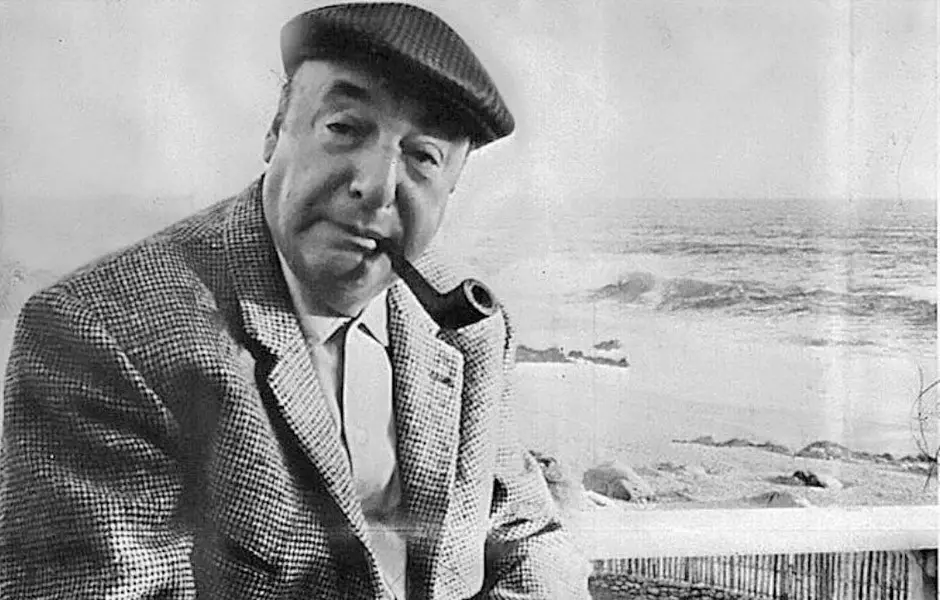
In an effort to combat the growing distance between the “great” poets and the people expected to read them, a more inclusive version of the medium has arisen—slam poetry, sometime referred to as spoken word.
Integral to this new approach is a greater acknowledgement of the performative element of poetry. Similar to the way the placement of words in a poem is important, in spoken word the way that the sentences are grammatically and visually structured, capitalized and punctuated are reflected in the way the poem is recited. Voice inflection, volume, tone and facial expression serve as the characteristics that help to bring a poem to life.
Another defining feature of slam poetry, and perhaps one of its most profound features, is its strong component of social commentary. One of the most polarizing aspects between slam poetry and traditional poetry is the former’s natural inclination to explore heavier topics, such as racism, sexism and war. By channeling emotions outward and drawing inspiration from the world at large, slam poetry also makes approaching the medium less intimidating, as it rids neophytes of the fear of poetry’s intimacy, instead encouraging them to engage as an act of social consciousness.
This revitalization of this new form of poetry began with the Last Poets, a combination of African-American musicians and poets involved with the civil rights and black nationalist movements of the 1960s. Several themes of the nascent art form soon found their way into other emerging movements, especially hip hop, which borrowed heavily from the themes of social awareness and the focus on performance theater.
Between 1960 and 1970, poet and musician Gil Scott-Heron was known to carry the Last Poets essence within his own work. His most famous piece, “The Revolution Will Not Be Televised,” is a politically charged poem that he recites over jazz instrumentation. Speaking directly to his African-American peers, Scott-Heron urges everyone to pay close attention to the civil rights movement unfolding in front of their eyes.
Throughout the piece, he compares the reality of the movement to the nonsensical clutter and stagnancy of television, warning, “You will not be able to plug in, turn on and cop out,” and in the last line of the piece, he states, “The revolution will be live.”
Political issues like the one based in Scott-Heron’s poem are strongly rooted within the culture of spoken word poetry.
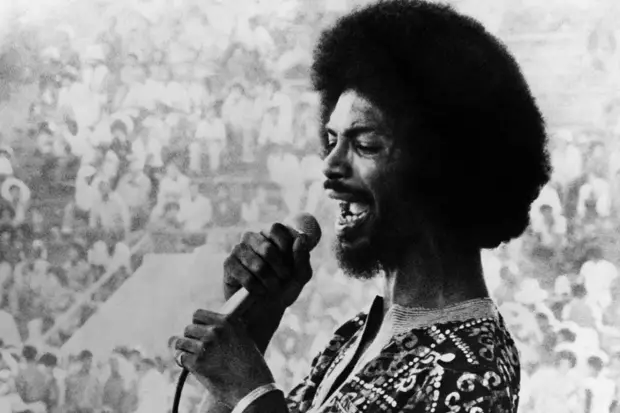
During the rise in popularity of slam poetry, the HBO series “Def Poetry Jam” aired between 2002 and 2007, further exposing the world to the art form. Hosted by musician Mos Def and produced by entrepreneur Russell Simmons, varying types of people were welcomed on the show to share their spoken word poetry; celebrities such as Kanye West, Erykah Badu and Lauryn Hill even made appearances.
Following “Def Poetry Jam” came the series “Brave New Voices.” It is the largest spoken word event in the world, where poets between the ages of 13 and 19 compete in a slam poetry contest. Between 2008 and 2010, the finales of the contests were aired on television.
At 19-years-old, poet Alysia Harris made her debut in the contest, and continues to put out stunning work today. One of her most recent poems, “Not A Number,” examines the atrocities of human trafficking and attempts to bring attention to the issue. She aims to make it clear that being kidnapped into human trafficking is not the victim’s fault.
She writes, “A few mistakes just give your skin that human hue that says, ‘I’ve been put into dark places and did not stay there,’” and humanizes the voice behind of oppressed victims, saying, “I’m not a statistic, not a hashtag, not a price tag; I am not a number, I have a story.”
Button Poetry, an organization that films spoken word poets and sponsors their own contests, is perhaps one of the most popular sources for watching slam poetry. Video clips from the group are scattered across social media, but the most-viewed clip is a piece called “OCD” by Neil Hilborn. The poem discusses the struggle of being romantically involved with someone when you have a mental illness, and at first Hilborn plays up the romanticized notion of being fixed by love.
“The first time I saw her, everything in my head went quiet, all the tics, all the constantly refreshing images just disappeared” Hilborn says.
Then, suddenly, reality sets in, and Hilborn’s emotion and intentional repetition of phrases makes your heart drop.
“Love is not a mistake,” he says, “and it’s killing me that she can run away from this and I just can’t.”
Literature tends to gravitate toward concepts universal to the human experience, such as love or grief, but there is something special about the experience of watching an author recite a poem tailor-made for performance. The most satisfying element of spoken word poetry is being able to listen to the poet perform their piece on their own behalf. As they are often the face of the poem’s protagonist, the poet creates a strong relationship between themselves and the poem, which makes the connection between the audience and the poem that much more gripping.


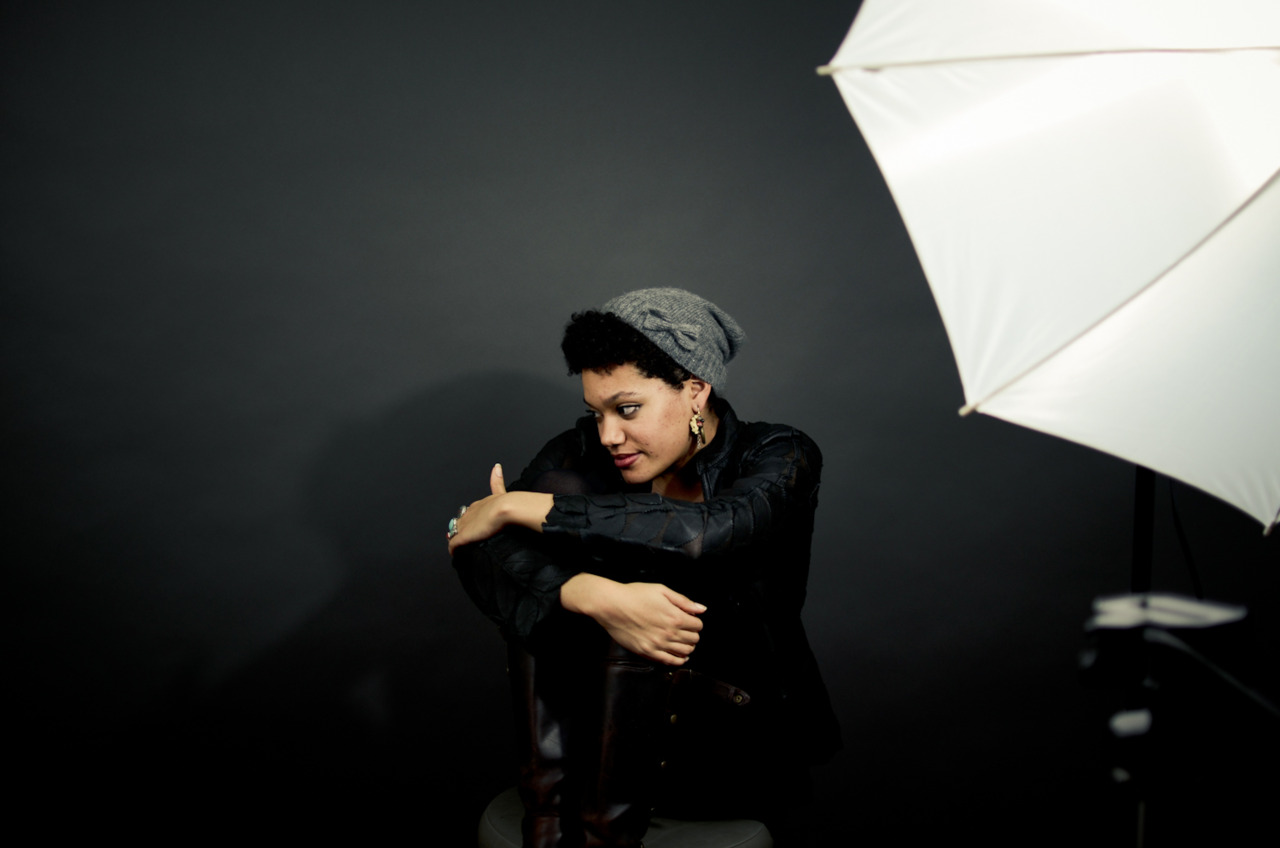

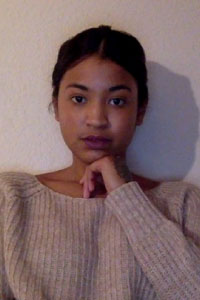

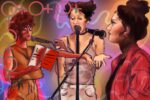
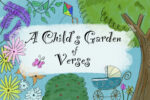
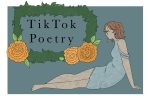









Bullshit.
[…] was a rise in popularity for slam poetry. During the years of 2002 and 2007 HBO aired a series called “Def Poetry Jam” […]